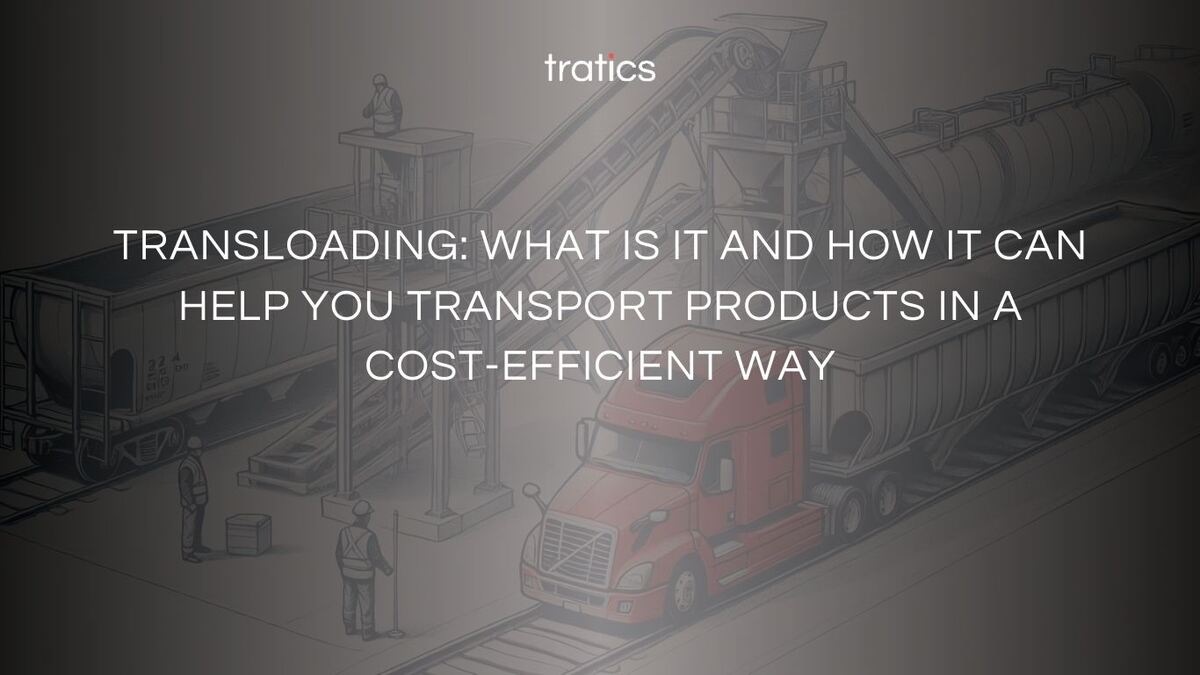Understanding Transloading
Transloading is the process of transferring goods from one mode of transport to another—most commonly between railcars and trucks. This approach is particularly valuable for businesses operating in areas where direct rail access is unavailable at the origin or destination. It enables companies to benefit from the cost efficiency of rail transport over long distances while using trucks for the final leg of delivery. Transloading is a solution that not only bridges logistical gaps but also enhances the adaptability of supply chains.
Why Transloading Matters
The primary advantage of transloading lies in its ability to cut costs. Rail transport is substantially more economical than trucking for long-distance hauls, and combining these modes can yield significant savings. Additionally, transloading allows businesses to serve locations beyond rail networks, opening up new market opportunities. This flexibility ensures that goods reach their destinations quickly and reliably. Furthermore, transloading facilities are scalable, allowing companies to adjust their operations to meet seasonal demand fluctuations or unexpected increases in cargo volume.
The Transloading Workflow
The transloading process is meticulously designed to ensure efficiency and accuracy. Goods arrive at a transloading facility via railcar, where they are unloaded and prepared for transfer. Depending on the nature of the cargo, various methods are employed:
Bulk Materials: Items like grain, sand, or liquids are moved using conveyors, pneumatic systems, or augers.
Palletized Goods: Forklifts efficiently handle boxed or packaged items, ensuring smooth transitions.
Oversized Freight: Specialized equipment, such as cranes, manages the transfer of heavy or large goods.
Once the transfer is complete, the goods are staged and inspected to guarantee accuracy before being loaded onto trucks for final delivery.
Tools and Equipment in Transloading
Effective transloading relies on the right tools and equipment. Forklifts are indispensable for moving palletized goods quickly and precisely. Cranes are essential for oversized cargo, enabling the safe handling of heavy or awkwardly shaped items. Conveyors streamline the transfer of bulk materials like coal or agricultural products, while tank pumps ensure the safe movement of liquids between railcars and trucks. Each piece of equipment plays a vital role in maintaining efficiency and safety throughout the process.
Safety First: Best Practices in Transloading
Safety is a cornerstone of successful transloading operations. Workers must undergo thorough training to operate equipment safely and handle materials properly. Regular maintenance of machinery is crucial to prevent breakdowns and ensure smooth operations. To mitigate potential hazards, facilities implement comprehensive safety measures, such as clear signage, spill containment plans, and emergency response protocols. Adherence to industry regulations and the use of personal protective equipment (PPE) further enhance workplace safety.
Envisioning Transloading in Action
Picture a bustling transloading facility where railcars arrive laden with goods destined for diverse locations. Forklifts zip through the site, transferring palletized items from railcars to waiting trucks. Cranes lift massive machinery with precision, while conveyors hum as they move bulk materials seamlessly. Workers in safety gear maintain a careful eye on every detail, ensuring that each step of the process adheres to strict safety and quality standards. The facility operates like a well-oiled machine, highlighting the efficiency and adaptability of transloading.

